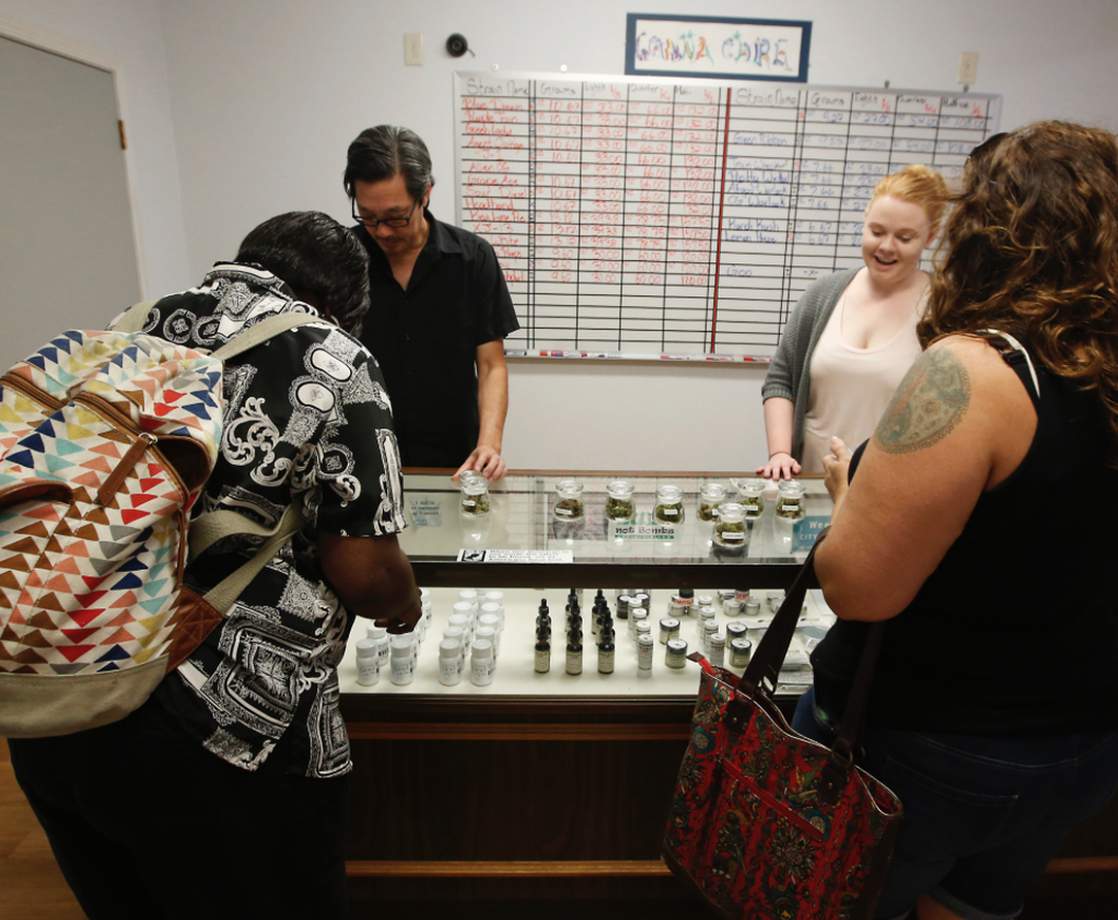Although most medical marijuana patients strictly rely on a dispensary’s staff to offer recommendations on the best possible strain to treat their respective health condition, a new report finds that most of these so-called professionals actually have very little idea what they are taking about when it comes to connecting sick people with the appropriate strain.
Researchers at Palo Alto University in California recently conducted a small survey of marijuana dispensary workers in an attempt to gauge the overall expertise at work when a patient with, for example, multiple sclerosis comes through the door searching for a strain to ease their symptoms.
What they found was that only around 20 percent of dispensary workers had received any formal training. In fact, the study shows only 13 percent were given so much as a crash course on the science of cannabinoids before being put on the floor.
Lead study author Nancy Haug, a professor of addiction medicine at Palo Alto University, says this lack of product knowledge has caused some staff members to make strain recommendations to patients that are likely not the best possible selection for their condition.
In an interview with Live Science, Haug went on to say that she found evidence of dispensary staff recommending high-THC strains to people suffering with anxiety issues, as well as others who suggested strains with higher concentrations of THC for calming the frequency of seizures in epilepsy patients – actions that go against the grain of current science.
The study, which was published in the journal Cannabis and Cannabinoid Research, found that marijuana dispensary staff members are mostly trained in customer service, yet 94 percent of these folks have taken it upon themselves to provide patients with “medical advice,” including what types of strains should be used to calm the symptoms of their particular health condition.
But it’s not all bad news.
Researchers did find that staff members are doing an admirable job overall. A lot of these staffers are providing patients with strain recommendations that fall right in line with what some of the latest medical research has suggested is best.
Still, the main takeaway from the study is that a lot more work needs to be done in order to get dispensary workers trained to provide professional guidance to those looking for help.
It is also important to note that this study involved a very small number of dispensary workers and is not in any way a reflection of the marijuana industry’s overall expertise.











